 Palo Alto Stanford Heritage
Palo Alto Stanford Heritage 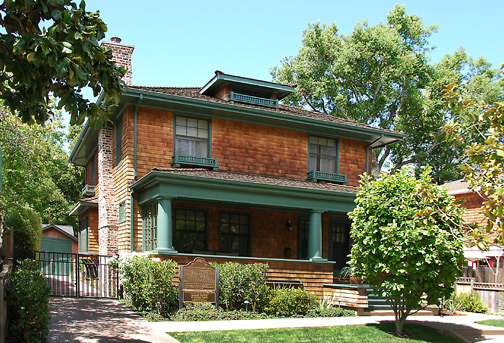 |
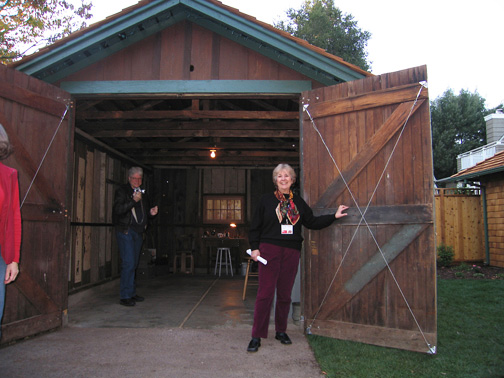 |
The brown–shingled house at 367 Addison Avenue was built circa 1905. Dr. John Spencer, a well–known San Francisco physician, along with his wife, Ione, and their daughters, Martha and Alice, were the first residents. Spencer, a native Californian, was born to a prominent family in Sacramento and was educated in New York and Europe. While abroad, he studied the transmission of diseases under Louis Pasteur, the originator of the germ theory of disease. Returning to California in 1898, he established his practice in San Francisco. Dr. Spencer was also elected the first mayor of Palo Alto in 1909 under the newly formed Charter form of government and went on to serve two terms.
The Spencer family moved into the brown shingled, 2 ½ story house in 1905. It was a solid middle class structure in The American Foursquare style, a style popular from the mid–1890s to the late 1930s. A reaction to the ornate Queen Anne and Revival movements, it was plain, honest and boxy. The Foursquare elements seen in 376 Addison are: a hipped roof punctuated by a clinker brick chimney and hipped center dormer a large front porch with wide stairs and a shingled guardrail and double hung wood windows with divided lights over a plain glass pattern.
In 1919–20, the Spencers spent $2000 on alterations to divide their house into two apartments. By 1924, a 12 x 18 x 8 foot garage joined a 12 x 18 foot shingled cottage in the rear garden. Following Dr. Spencer’s death in 1937, his widow, Ione, continued to live upstairs and functioned as the on–site landlord.
Although the Spencers were notable citizens of Palo Alto, their fame dims in comparison to the three renters who lived there in 1938 and 1939. David Packard (1912–1996) and his wife, Lucille (“Lu”) Salter Packard rented the 3–room downstairs apartment for $45 per month. William Hewlett (1913–2001) lived in the small garden cottage until his marriage to Flora Lamson in 1939.
Packard and Hewlett both graduated from Stanford in 1934. Bill Hewlett, whose father was a professor at Stanford Medical School, grew up in San Francisco. Dave Packard grew up in Pueblo, Colorado; his father was a lawyer, his mother a teacher. They met as freshmen at tryouts for the Stanford football team. Packard was a star athlete, unlike Hewlett who had heart but little talent. In his studies, Packard was also a star electronics student whereas Hewlett was a mediocre student who had a remarkable knack for mechanical things. Only Packard made the football team but both met often on the playing fields and on campus. They became close friends by taking trips to the mountains in Hewlett’s car. Most importantly, both had taken classes with Fred Terman, Dean of the Engineering School. Terman’s radio lab and his field trips to local entrepreneurs’ labs inspired the two young men. It was Terman who cemented their friendship and encouraged them to start a business.
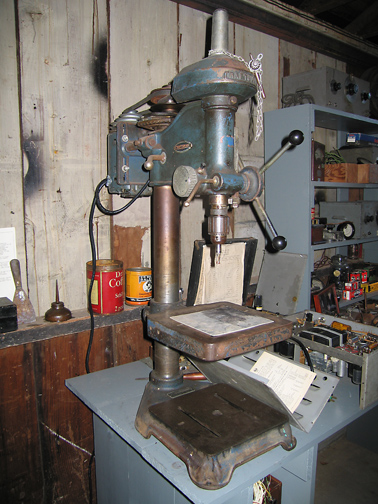 |
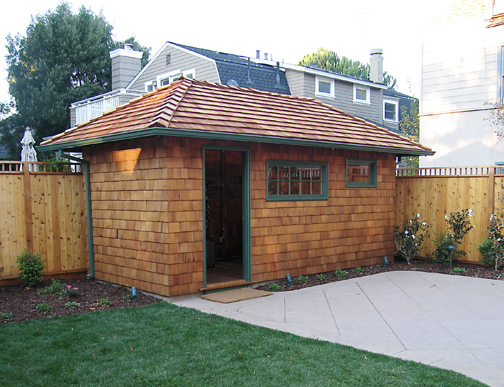 |
Bill and Dave chose the house at 367 Addison specifically because of the garage which they used as think–tank, lab, office and production department for their new business. With no products, they took in contract work. They designed lane signaling equipment for a bowling alley, a synchronous motor drive for the telescope at Lick Observatory, a self–flushing toilet, audio oscillators to tune harmonicas, and an exerciser with electric impulses to let people get workouts while sitting. Basically, they lived on Lu’s $90 per week income.
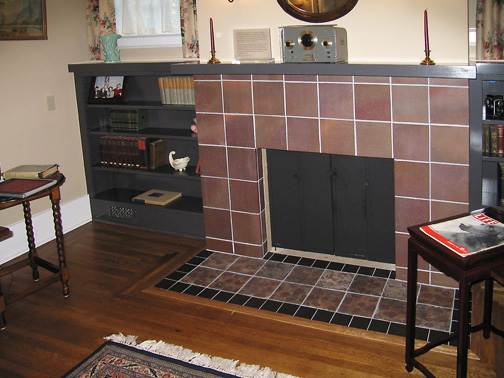 |
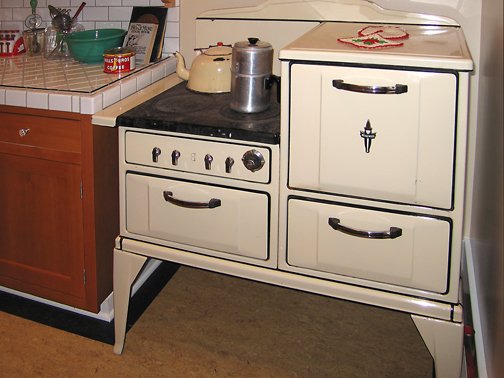 |
| Fireplace with oscillator on mantle | Wedgewood stove (not original) |
To launch a business, however, they needed a saleable product. With Hewlett’s knowledge of circuit technology and Packard’s skills at manufacturing, they chose Hewlett’s audio oscillator as it seemed to have market demand. They built a case for the radio oscillator using Lu’s Wedgewood oven to dry the paint, named it the 200A and priced it at $54.40. Learning that their competition was charging 10 times more, they quickly upped it. Lu used the dining room table to type letters to a list of potential customers supplied by Professor Terman. One letter went to J.N.A. "Bud" Hawkins, chief sound engineer for Walt Disney Studios, who in 1938 purchased eight oscillators at $71.50 each.
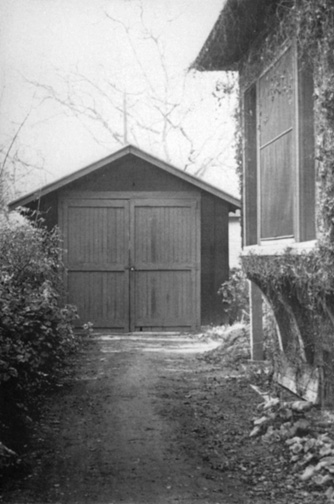 |
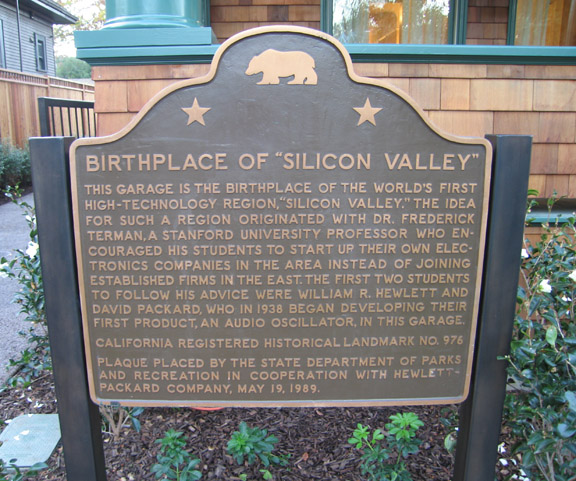 |
Humble beginnings in a garage and a flip of a coin to choose the company name—these are the ingredients of legend. Hewlett and Packard’s business philosophy went beyond profit to include responsibility to employees, customers, suppliers, and to society. They were a team of two who liked and trusted each other and wanted to build a company. They were friends before partners, sharing the same values, interests, and ambitions. ©
PAST, October 17, 2014
E-mail us at either webmaster@pastheritage.org or president@pastheritage.org.
![]() Palo Alto Stanford Heritage—Dedicated to the preservation of Palo Alto's historic buildings.
Palo Alto Stanford Heritage—Dedicated to the preservation of Palo Alto's historic buildings.
Copyright © 2012 Palo Alto Stanford Heritage. All rights reserved.